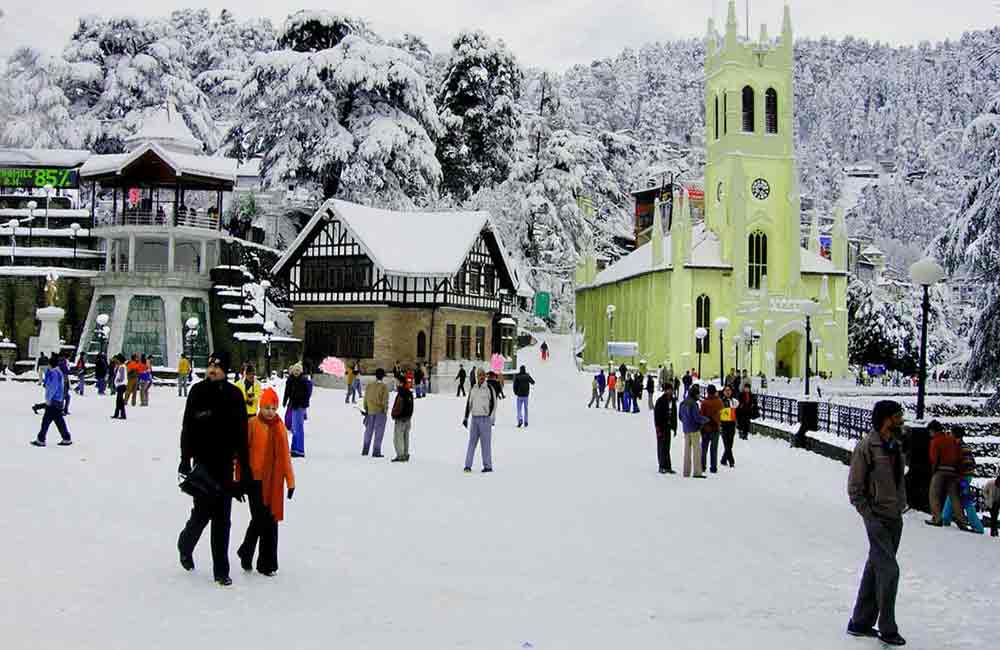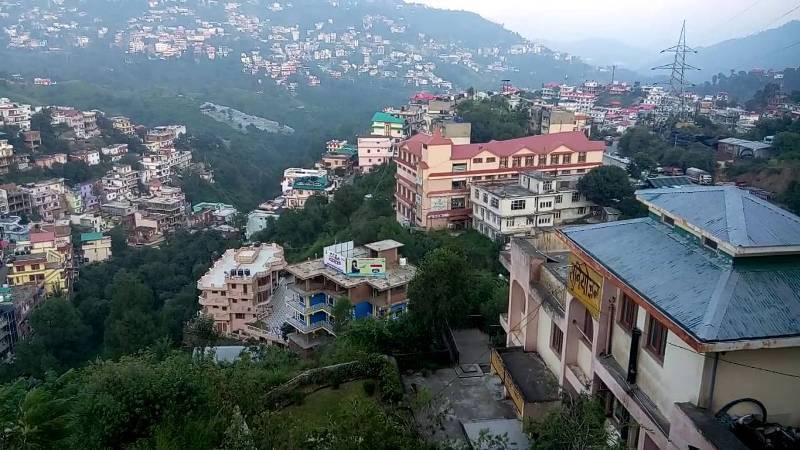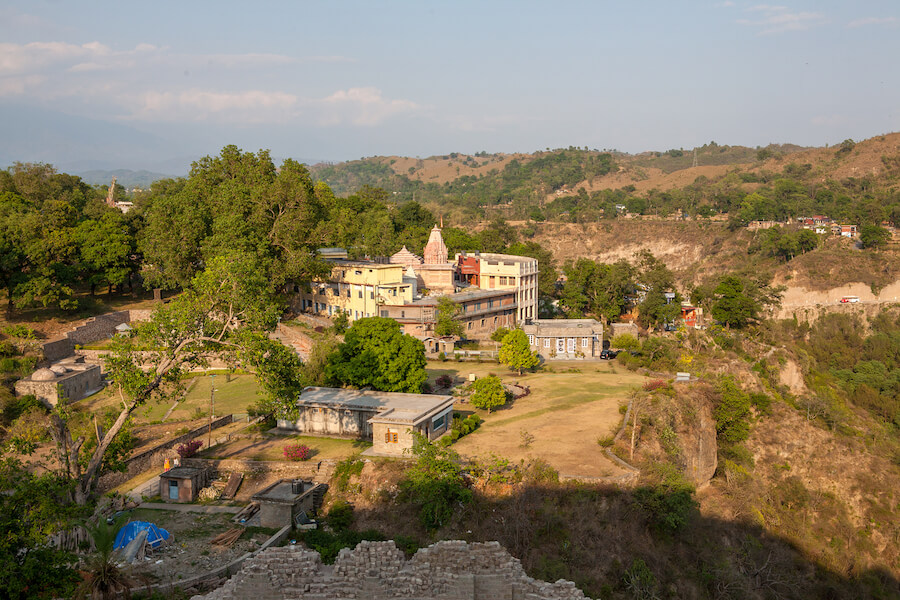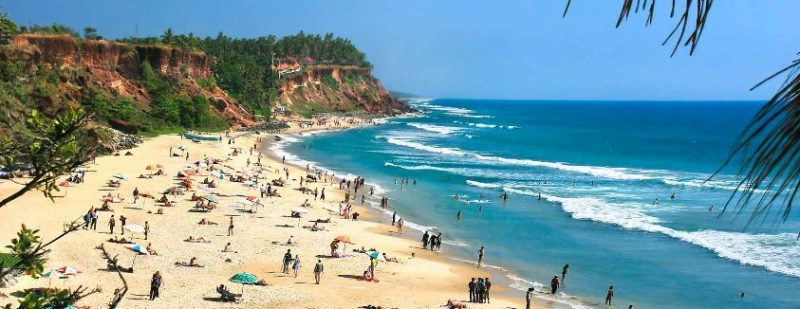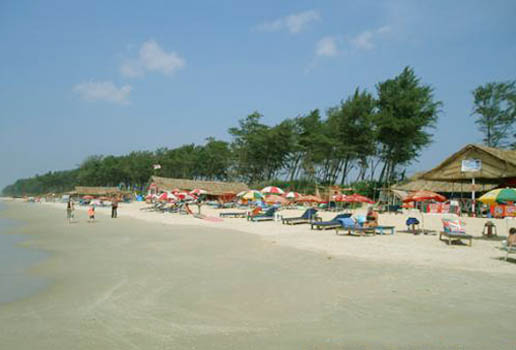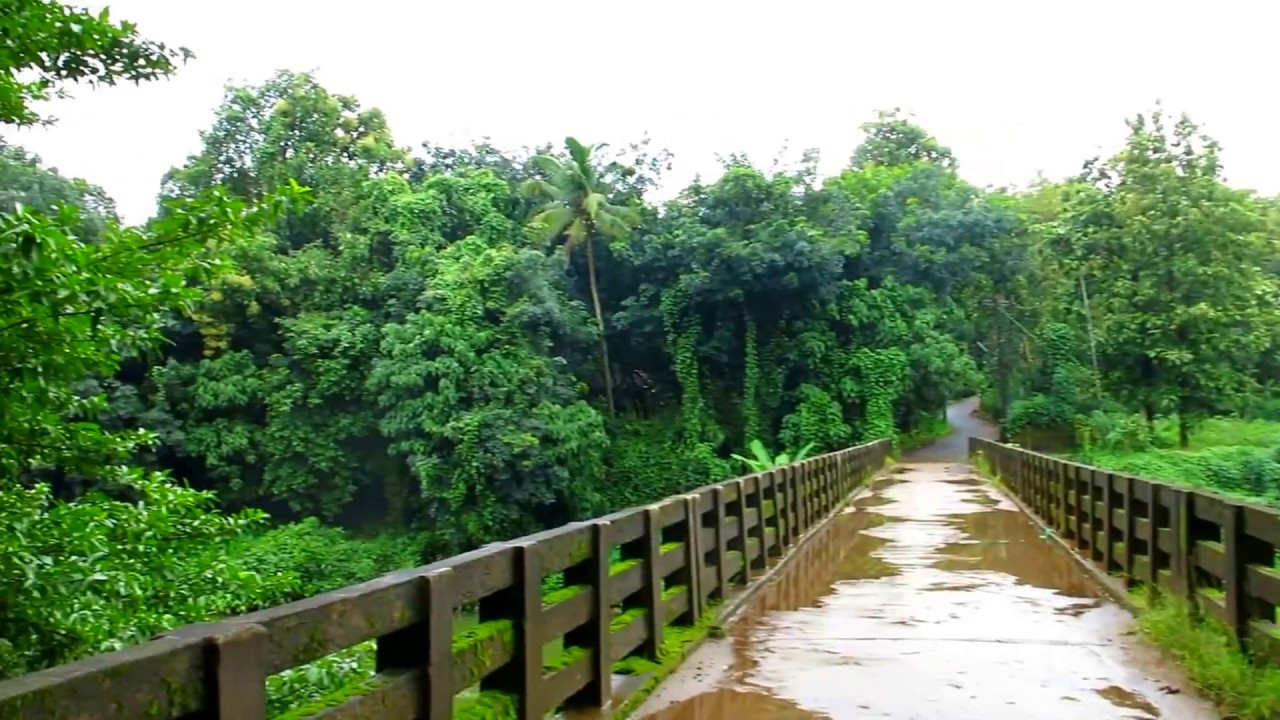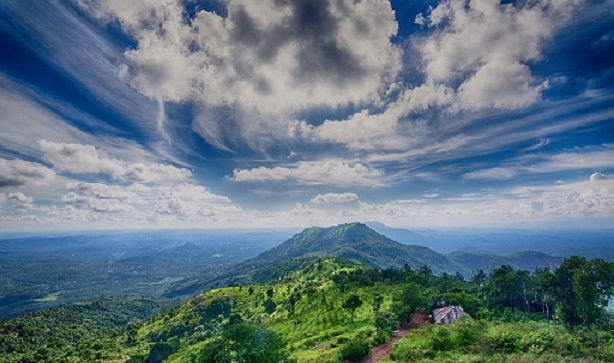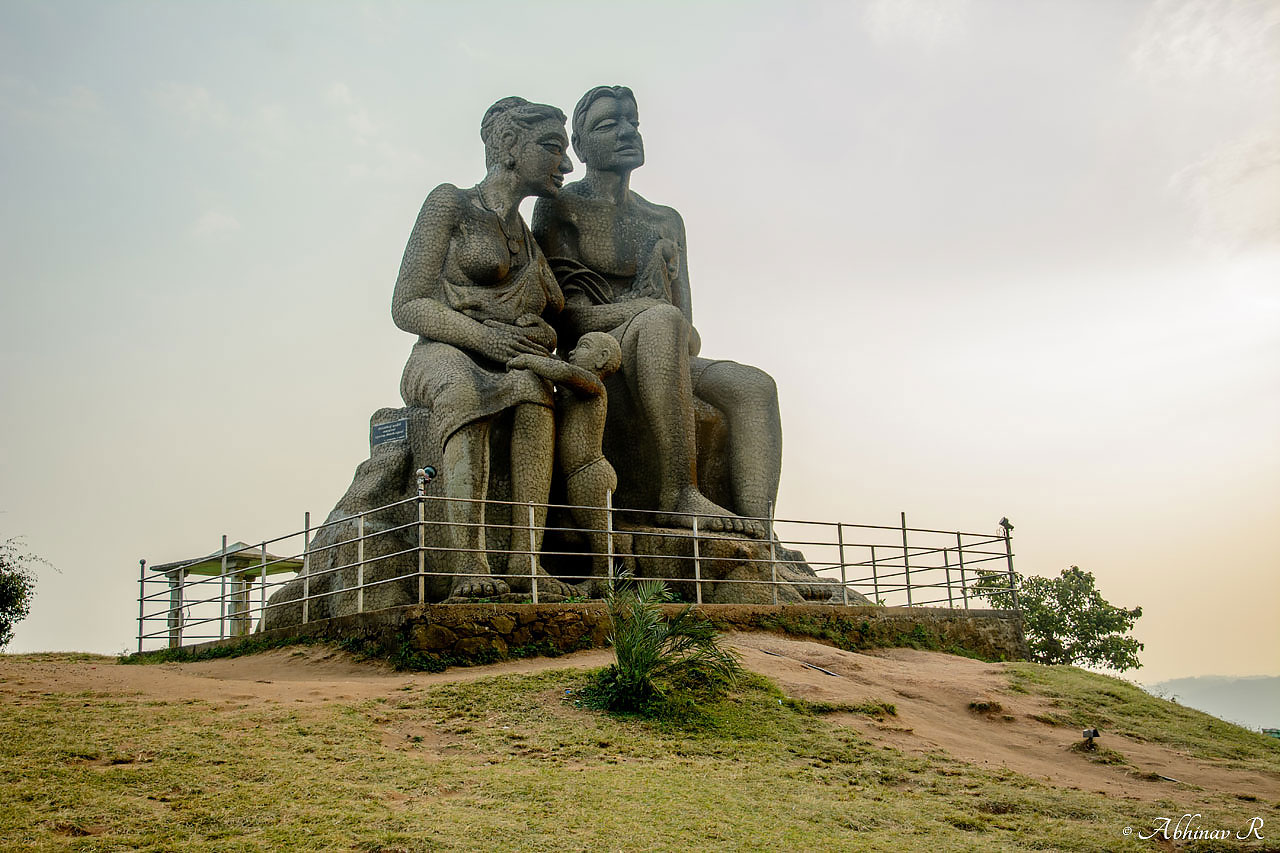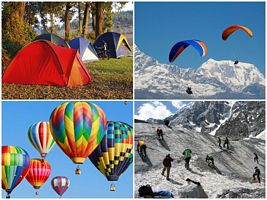Dibang Valley Tourism
Dibang Valley District is located in the northeastern part of Arunachal Pradesh. It is one of the least populated districts in the state, with a population of approximately 8,000 people. The district is named after the Dibang River, which flows through it. The Dibang Valley is known for its rugged terrain, dense forests, and rich biodiversity. The district is home to a number of rare and endangered species, including the Mishmi takin, red panda, and Asiatic black bear.The district is predominantly inhabited by the Idu-Mishmi tribe, who have a unique culture and way of life. The Idu-Mishmi people are skilled hunters and fishermen and have a deep knowledge of the forest and its resources. The district is also home to a number of other tribes, including the Adi, the Khampti, and the Singpho.The Dibang Valley is a popular destination for trekking and hiking enthusiasts. The district is home to several mountain ranges, including the Mishmi Hills, which are part of the Eastern Himalayas. The Mishmi Hills are known for their stunning vistas and challenging terrain. The district is also home to several waterfalls, including the Bhismaknagar waterfall, which is one of the tallest waterfalls in India.



